In the exact month and year that Nguyen Trung Truc achieved the feat of destroying the French warship on Vam Nhat Tao, this countryside gave birth to a person whose name was later recorded in the history of Buddhism in Tay Ninh province. Author Phan Thuc Duy recorded stories about this monk when he was still alive.
It was not until after his death (1937) that the book “The Torch of the Zen Door” was published, telling the story of “The History of Nhu Dao” – one of the founders of Ba Den Mountain, Tay Ninh. In fact, after the two predecessors Huynh Cong Gian and Huynh Cong Nghe, he was the third person from Nhat Tao to be honored in Tay Ninh.
Ba Den Mountain. Photo: Hai Trieu
According to the book, “The monk at Dien Ba mountain, his dharma name was Tam Hoa, his alias Chanh Kham… was born in An Lai village (Nhat Tao) in Tan An province…”. He was born on November 12, Tan Dau year (1861). When he was first conceived, his mother dreamed that a monk in his eighties came to her house and asked to stay for one night.
That's why his parents named him Nguyen Van Hoa. When he was 5 years old, his father passed away, and his mother raised him alone. Those were the years when the French army intensified their sweeps and pursued the insurgents of Truong Dinh, Truong Quyen, Nguyen Trung Truc and Vo Duy Duong.
The hometown of Nhat Tao on the banks of the Vam Co River was engulfed in flames. One year, mother and son had to abandon all their possessions and seek refuge. Only when they returned did they rebuild their thatched hut on the old foundation. At that time, the boy Hoa was only 12-13 years old, and already knew how to “wade along the river to catch shrimps and fish… to help his mother, and sell the surplus to make ends meet…”.
By the age of 17, the family had enough money to buy a boat. From then on, the young man named Hoa worked as a woodcutter in the mangrove forest of “Ly Nhon”. This forest was the lair of ferocious beasts such as tigers and wolves, so few people dared to come. This was the period when many strange things happened to him. These things have now become legends of a river region in the South. Legendary but realistic in the context of the folk song: “ Dong Nai is a strange land/ Crocodiles swim in the river, tigers roar in the forest”.
So one time, he was attacked by a tiger. But at that moment, a bee-eating bear fell from a tree. His boat companions took the opportunity to pull him away. Near the shore, they encountered a herd of crocodiles slithering close behind. But they managed to get on the boat. In the middle of the river, a storm arose and the boat drifted. Luckily, a whale helped them…
That happened at the mouth of the Co Chien River, several days away from his hometown… At the age of 19, the young man Van Hoa met a monk on the road. After talking back and forth, he realized that the path he needed to take was to follow the path of practicing Buddhism. Afraid that his mother would not agree, one night he secretly left after spending a whole year taking care of all the household chores for his mother.
The road he took from Vam Nhat Tao to Ba Den Mountain was by land. That is: “Just kept carrying his pack and going. In the morning he reached Ben Luc River, crossed the river and went to Cho Lon in the afternoon, went straight to Saigon, started from Saigon aiming for Tay Ninh. Traveled during the day and rested at night, in the past the land was wild and covered with thickets, no one had exploited it, just followed the trail straight, went like that for four days and nights to reach Trang Bang district, went straight to Tay Ninh district which also took a few more days…”. It was late afternoon when he arrived at Trung Pagoda at the foot of Ba Den Mountain.
After changing his clothes, he paid homage to the Buddha and had a vegetarian meal. The next day, the young man followed the path up the mountain: “the path was very bumpy, winding along the mountainside, in some places you had to hold onto rocks to follow each step, in some places there were many large and small trees crowded together, in some places there were many unusually tall stone slabs, standing like a wall of copper and iron…”.
That was around 1880. At that time, the abbot of the mountain was Truong Tung Chon Thoai - the 40th patriarch of the Thien Lam Te sect. That year, Ba Pagoda (Linh Son Tien Thach Tu) was still "a very large thatched pagoda". Next to it was the "main hall worshipping Linh Son Bodhisattva" (now Dien Ba). Dien Ba did not yet have a shell-shaped shrine in front of the mountain cave like it does now.
So the main shrine to worship the Lady is like: "A pile of stones shaped like a dragon's jaw in the middle of the mountainside. When you step inside, you will see a couple of men and women praying and worshiping. On the third level is a place of worship covered with a curtain, very majestic and beautifully decorated. There is a priest standing there ringing the bell for the people to worship...".
As for the big temple, the inner wall “looks out to all sides with many bright golden Buddha statues, looking very majestic…”. Up to now, although the architectural shell has changed a lot, the interior of both temples, the Lady’s shrine and the way of worship remain the same as before.
Lady Temple in 1920
With the guidance of the abbot, monk Tam Hoa returned to Trung pagoda. Here, he worked hard to clean up the trees, the pagoda garden, pruned beans, planted potatoes, and vegetables for the monks to use for their meritorious services in the pagoda. He also spent 2 years paving the road to make it easier to get to Dien Ba…
One day, seeing the phoenix flying back to lead three little birds learning to fly, he missed his mother so much that he asked the master for permission to return to his hometown to visit her. More than a month later, he asked his mother for permission to return to Linh Son mountain to continue practicing. From then on, whenever he did not return, his mother would come to visit him. A few years later, seeing that he had the ability to expand and build, the master invited him back to Tien Thach pagoda to take care of expanding and renovating the ancient temples.
Phan Thuc Duy wrote: “In the past, on the Lady Temple, the stones were stacked, the trees grew densely, and the canopy was completely covered. He had to move the stones in some high places to fill in some holes, and destroy the trees to make room, so that today there is a very flat yard, to build a guest house, a back pagoda, and a block house. The work of clearing mountains and forests was so tiring. He also had a generous heart, often sympathizing with the poor and helping the needy. Many times, when the Great Master gave him money to spend, he gave it all to those people, to the point where his clothes were tattered and in need, he did not care about his own health, well-being, and warmth…”
One day, in 1910, the Grand Master passed away but left a will appointing monk Tam Hoa to continue his career, to preside over the mountain pagodas. At that time, there were some people who were more learned than him, but had narrow minds, so there were some scheming and intrigue. However, the matter was eventually cleared up, and in 1919, monk Tam Hoa officially took over the position of abbot on the mountain. From then on: "the followers of the ten directions, the people of the six provinces of Cochinchina came to pay their respects in droves..."
In addition to taking care of morality and propagating to the people the path of cultivation, knowing the path of fortune and misfortune. In addition to that, the poet also gave alms, spent money to feed the sick, personally took care of medicine and food, all the monks and Zen masters heard of him. From then on, people from all directions came to visit him continuously without stopping.
On the full moon and thirtieth days of the lunar month, he often ascended the throne to preach the Dharma and teach the sutras to the people, in order to convert evil into good…”. In 1922 and 1924, he started the construction of the pagoda and the ancestral house made of Ba Den mountain stone. By 1937, before the work was finished, he passed away.
However, the stone pillars and beams, some of which were carved with dragons, were still used in the newly renovated pagoda under the reign of Venerable Thich Nu Dieu Nghia. To preserve the memory of the Venerable forever, the Venerable built a large, beautiful and spacious lecture hall at Trung Pagoda. The lecture hall was named after the founder Tam Hoa. For many years, this has been the place where the Great Ordination Platform was held for many monks and nuns from the southern provinces to attend.
Tran Vu
Source: https://baotayninh.vn/nguoi-den-tu-nhat-tao-long-an-tiep-theo-va-het--a180231.html


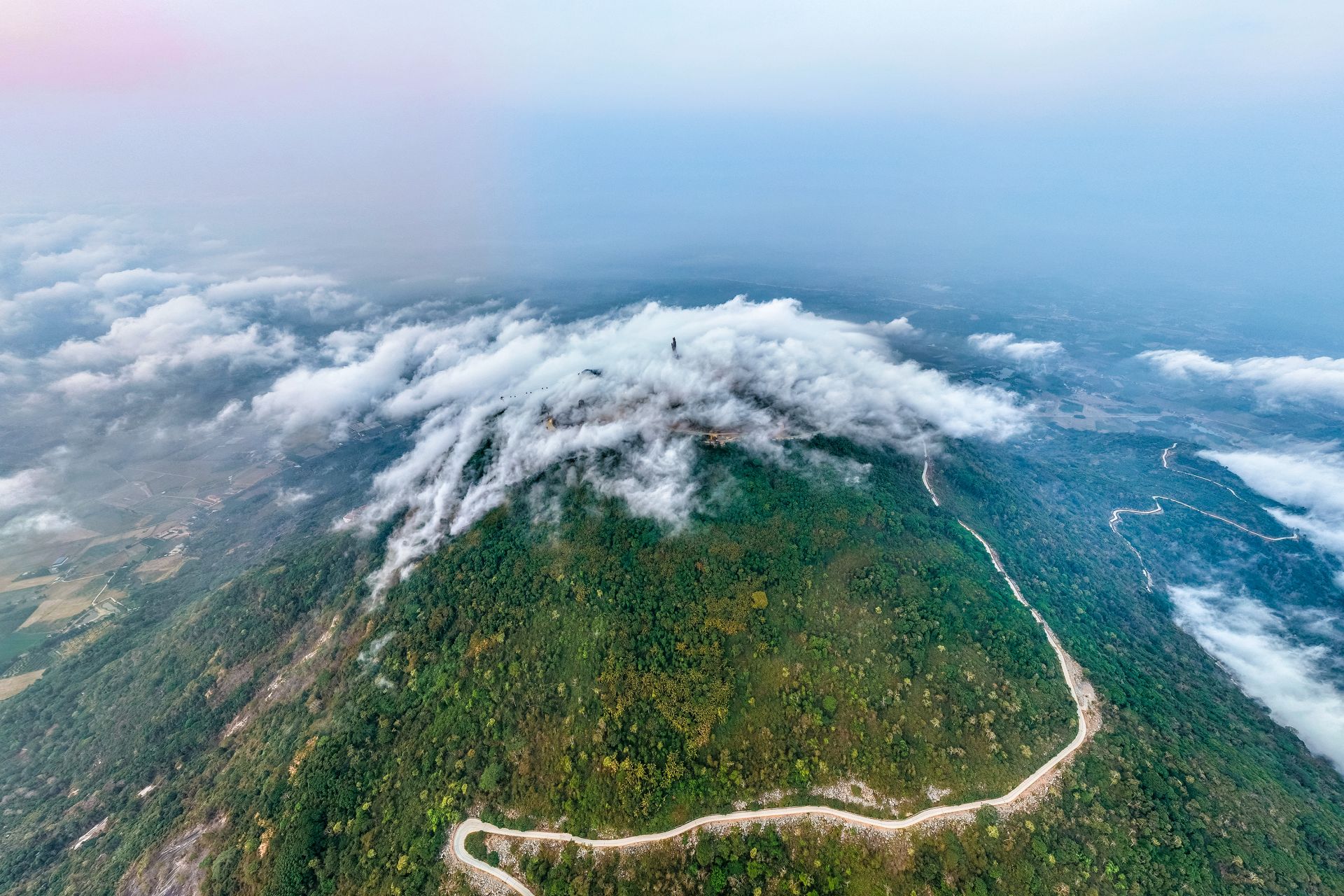
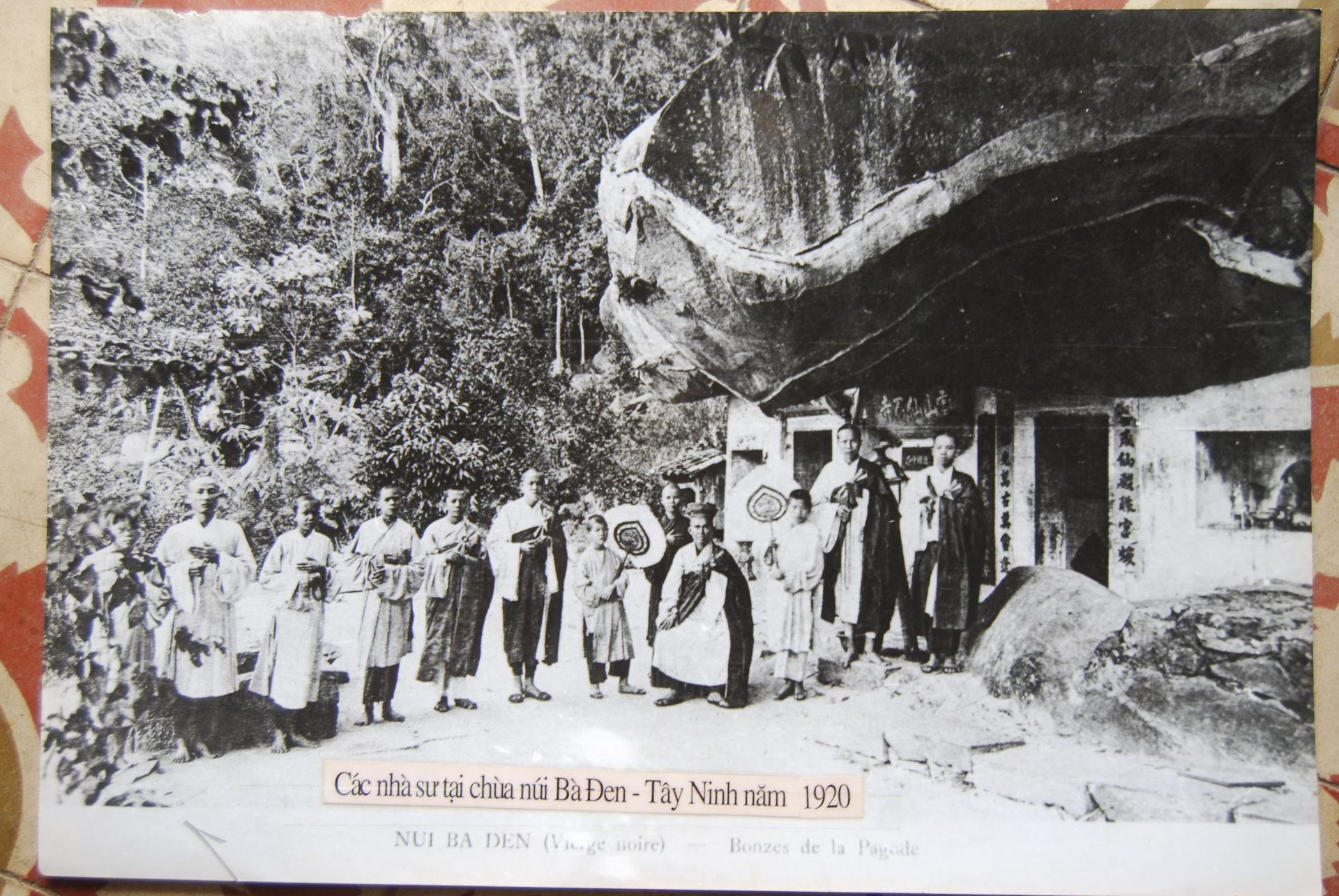






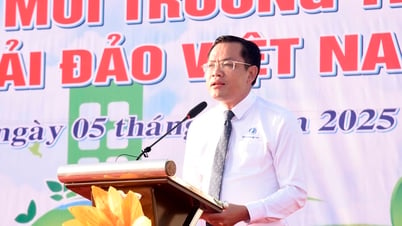
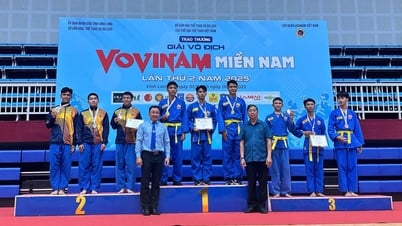
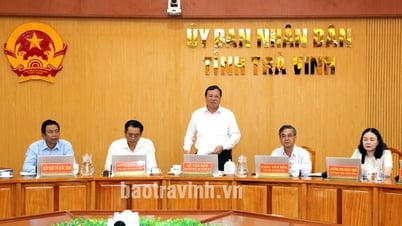










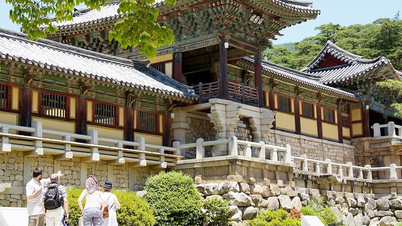
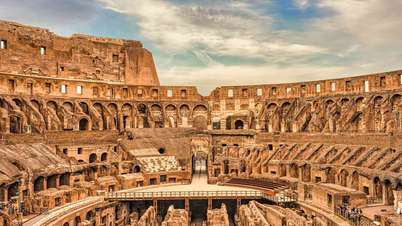
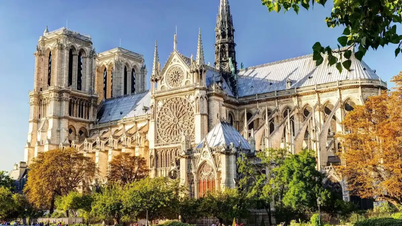
















































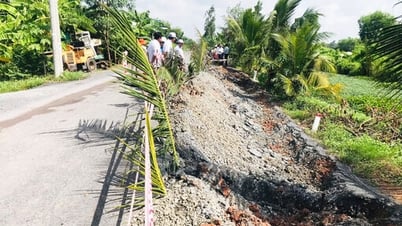





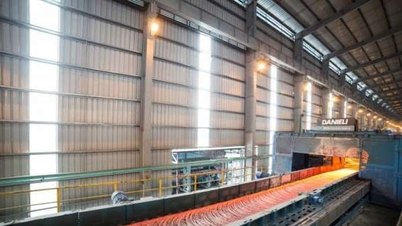












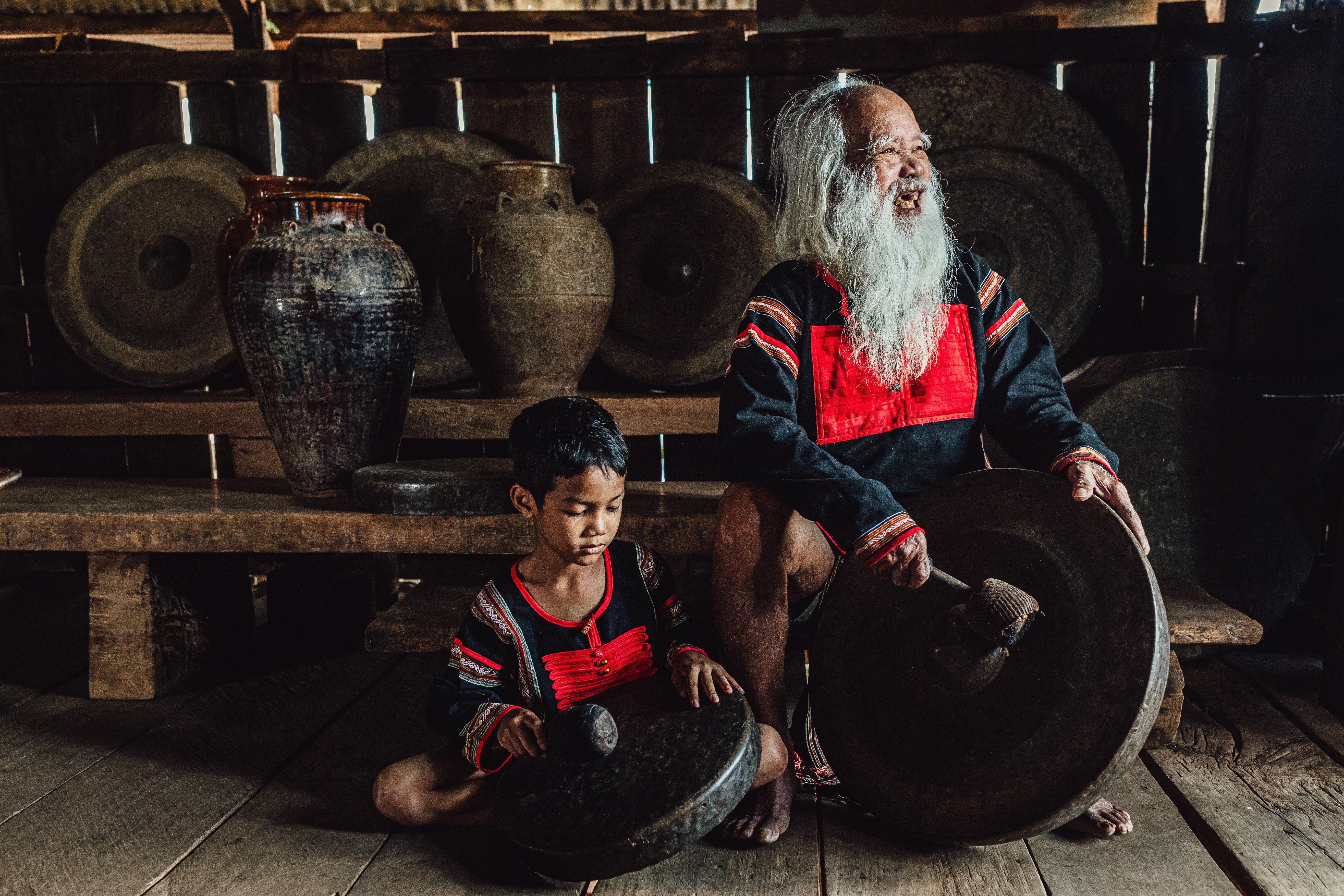
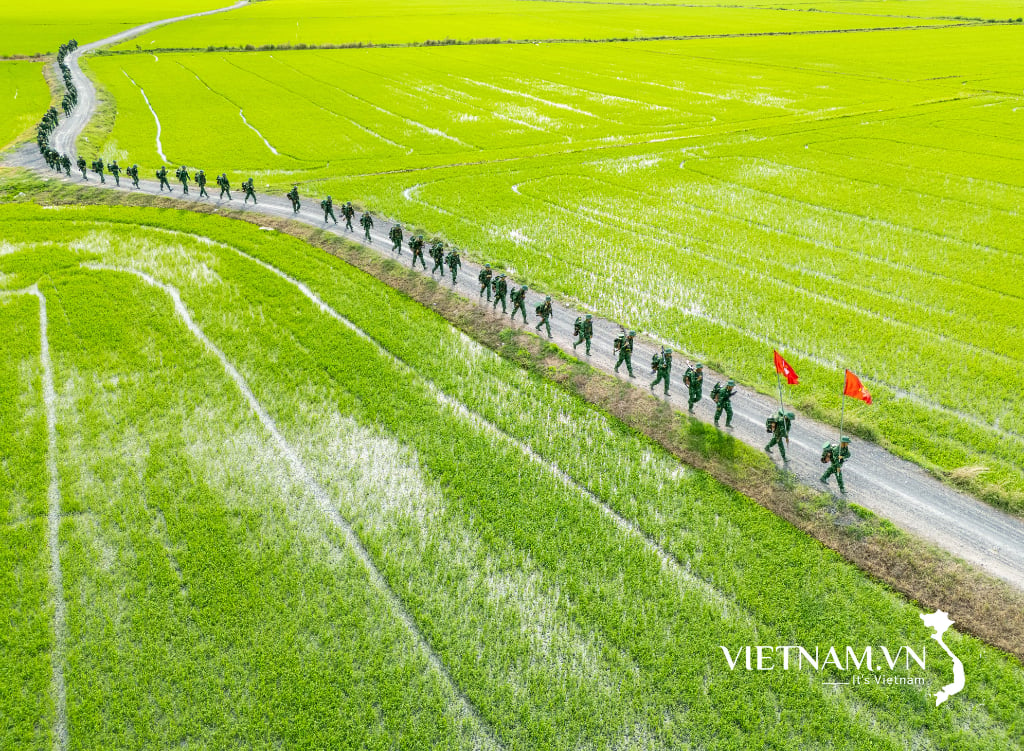

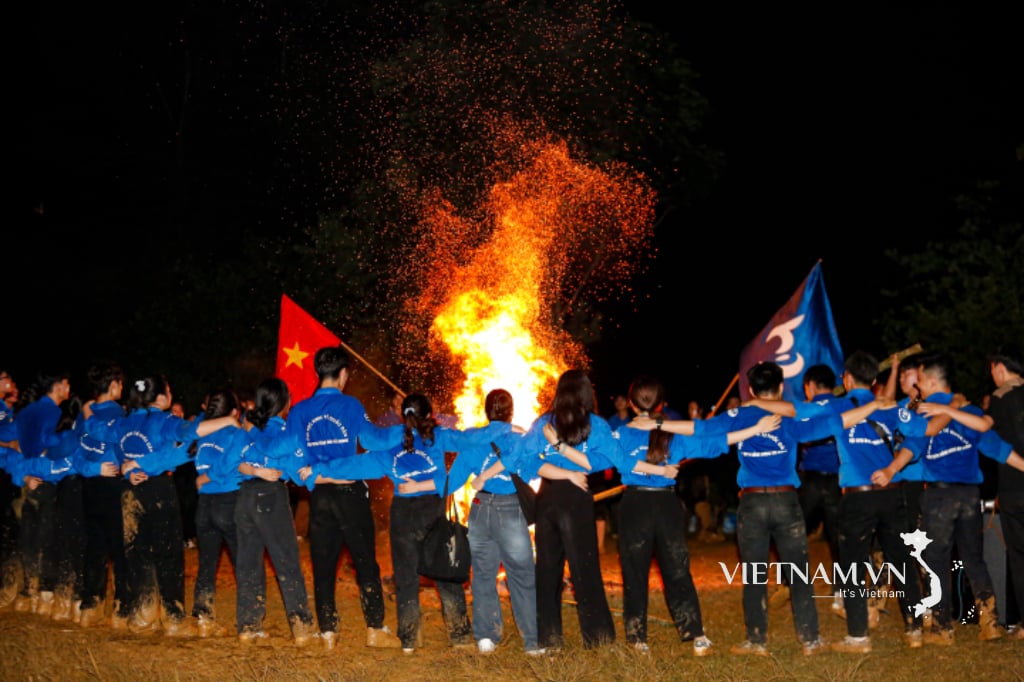
Comment (0)